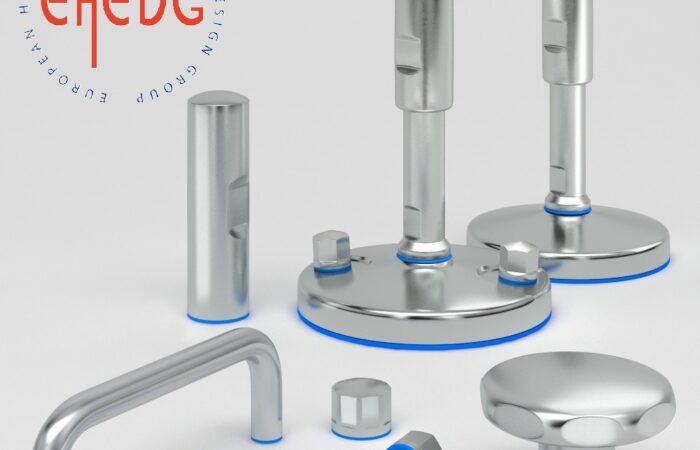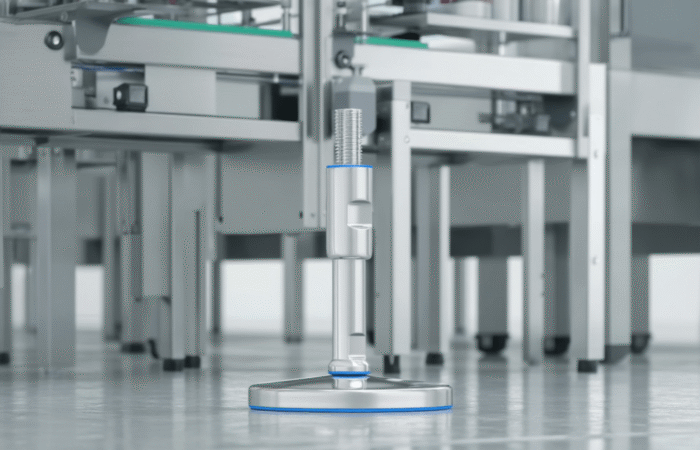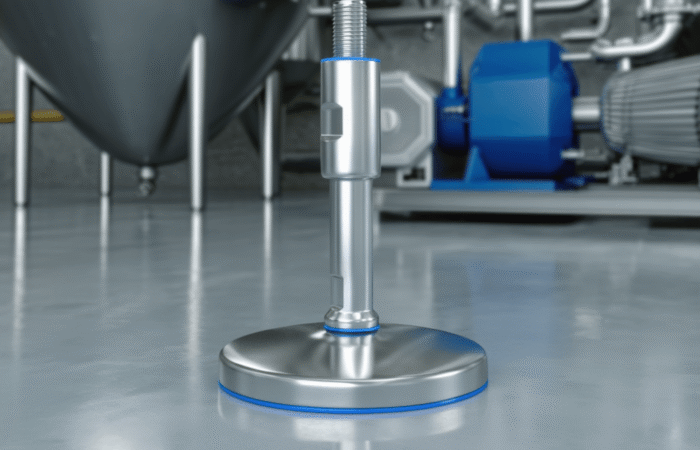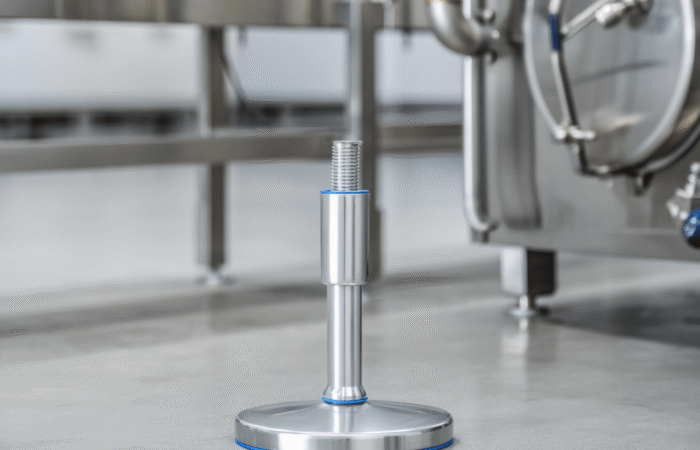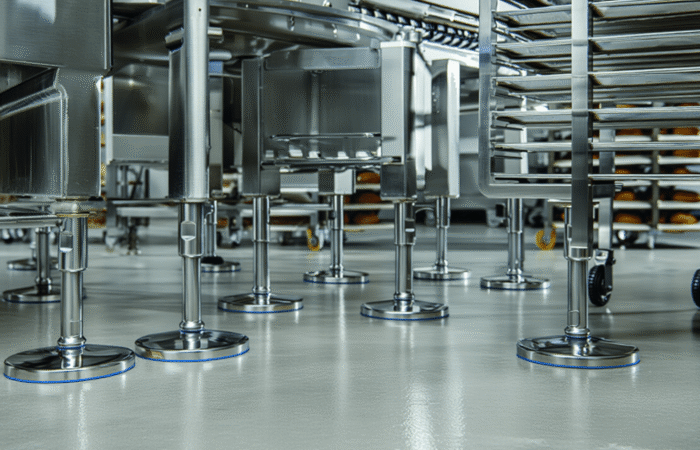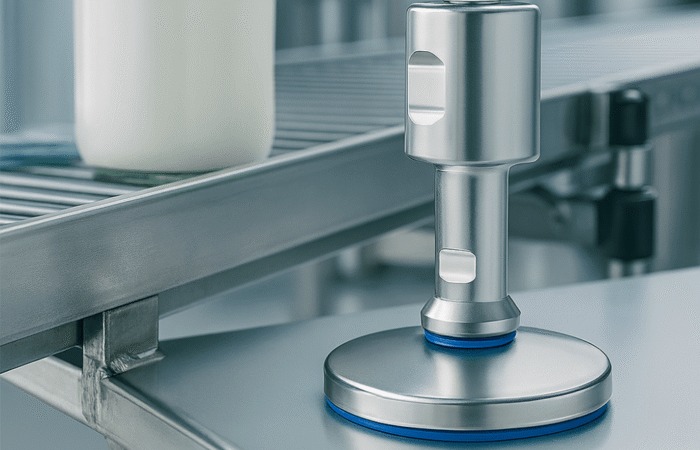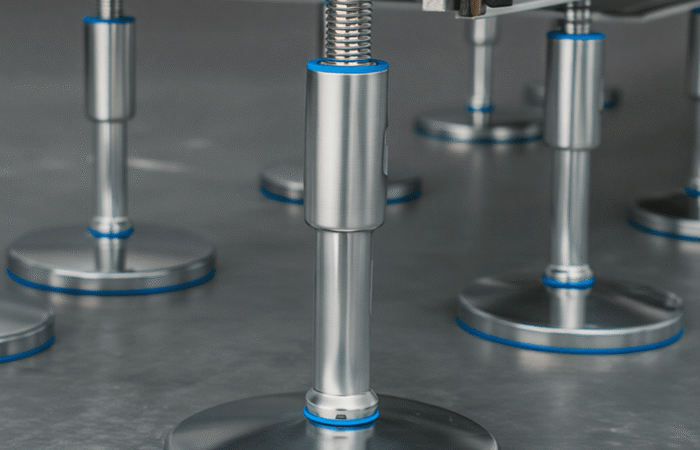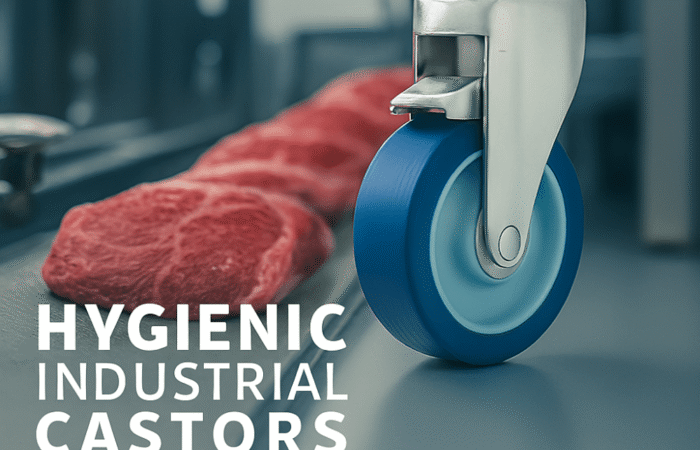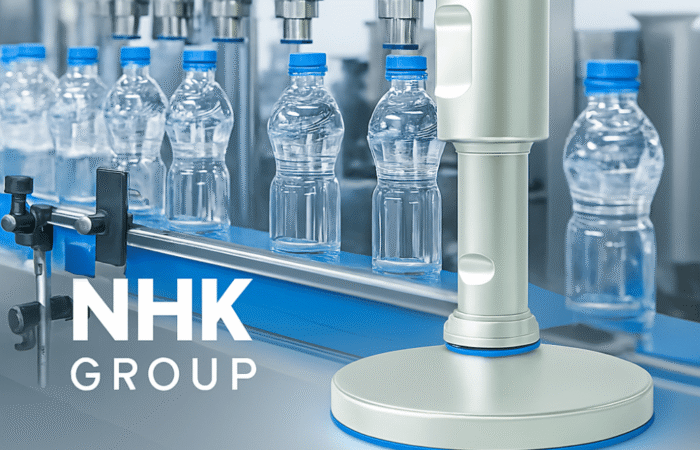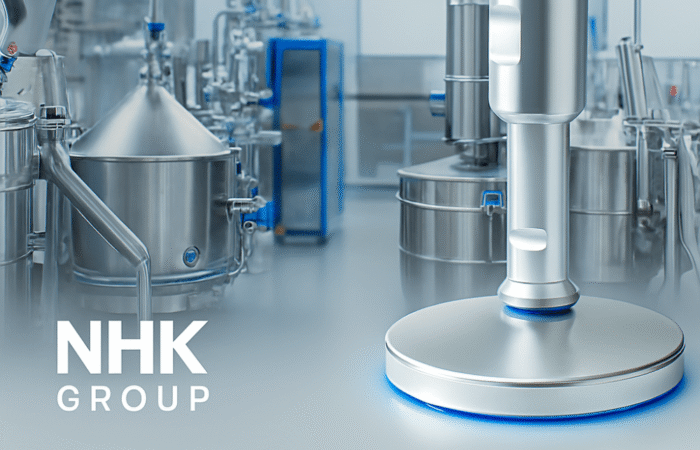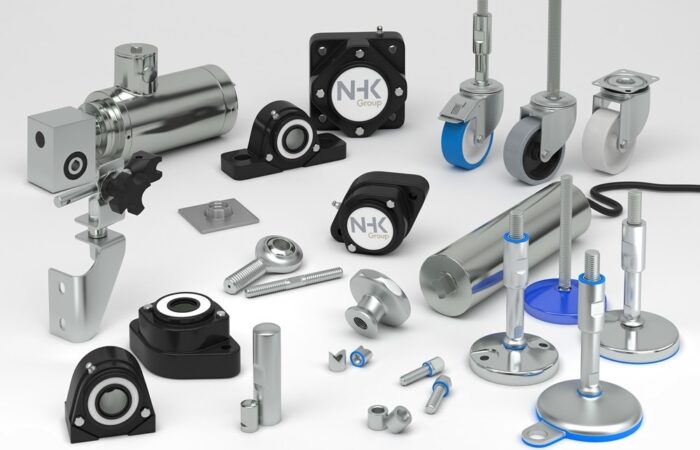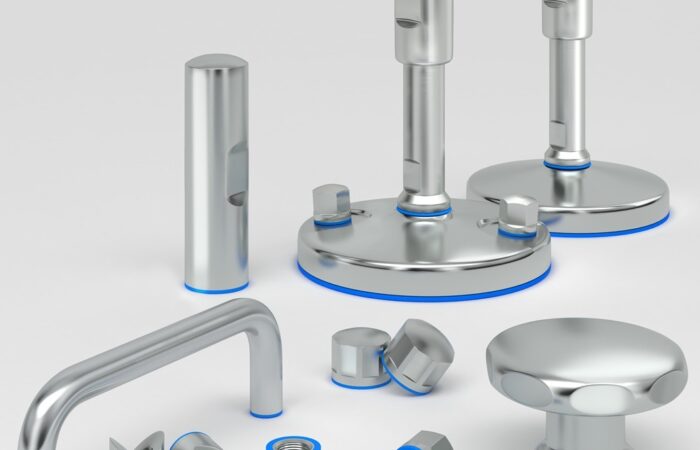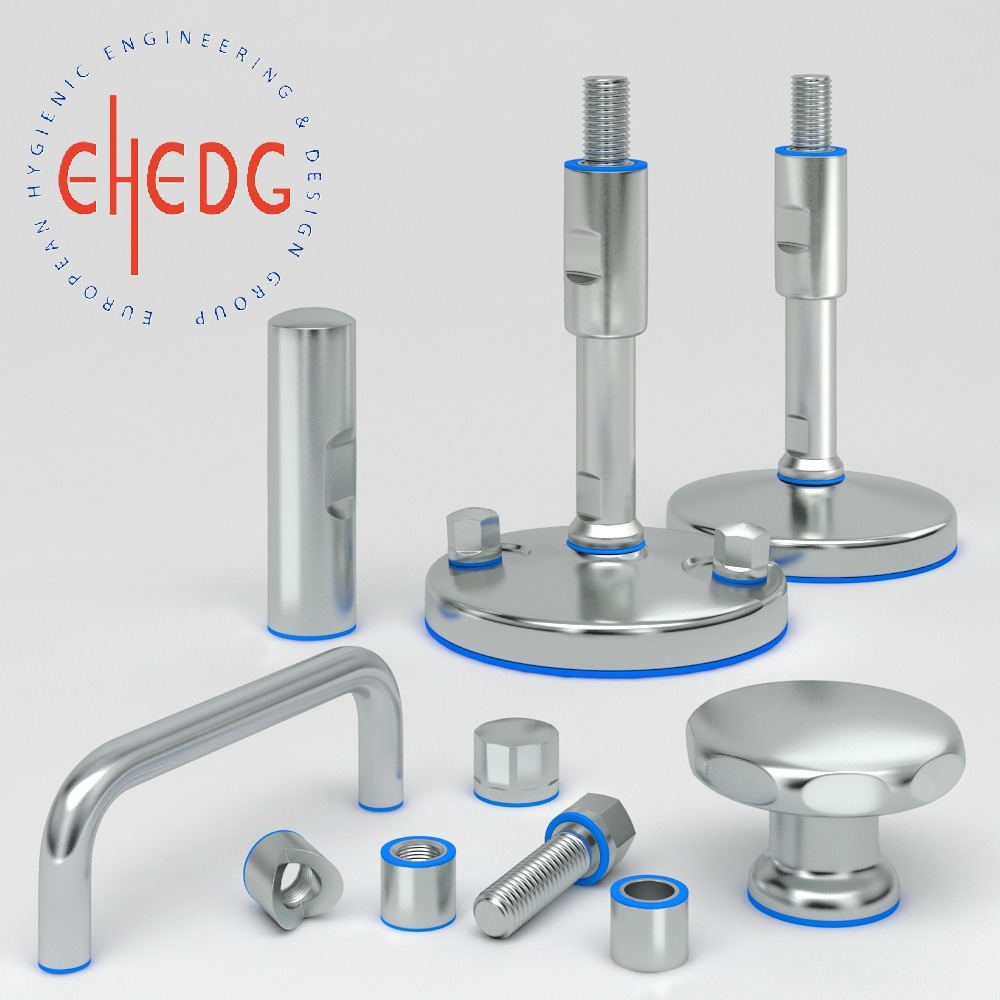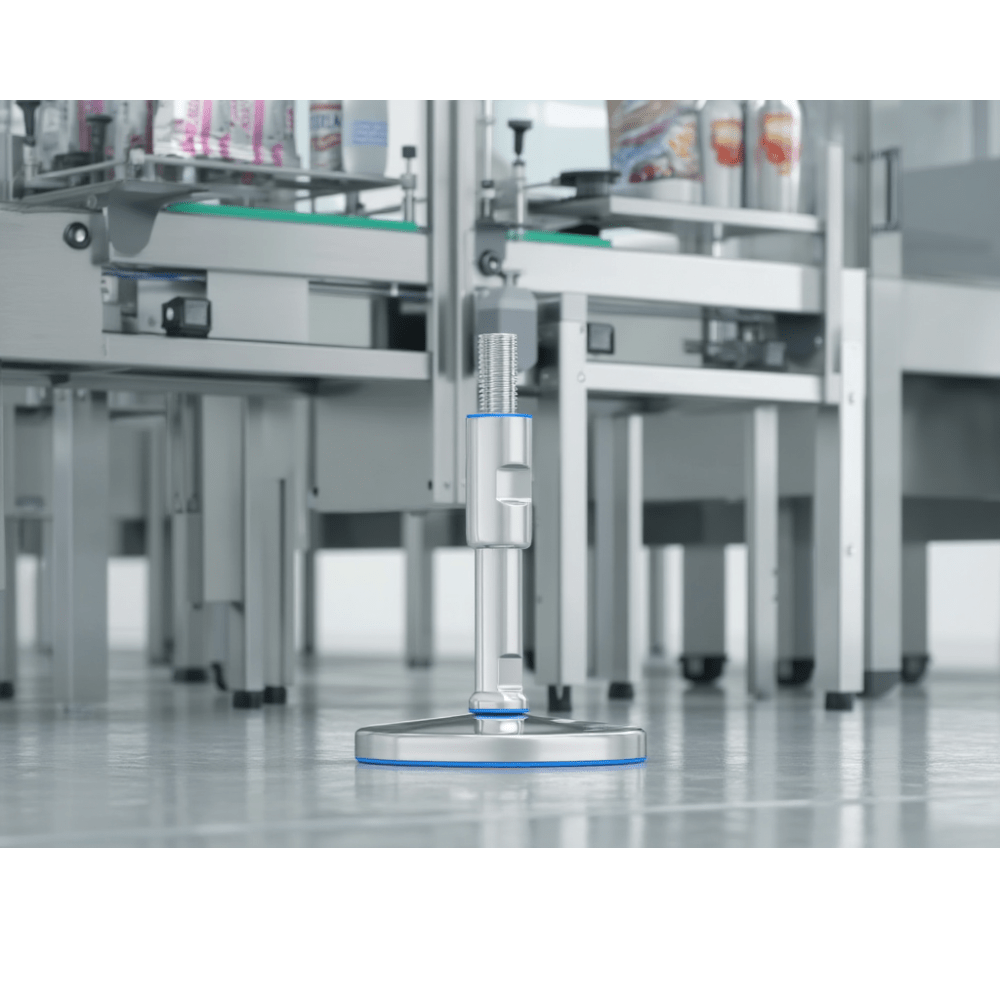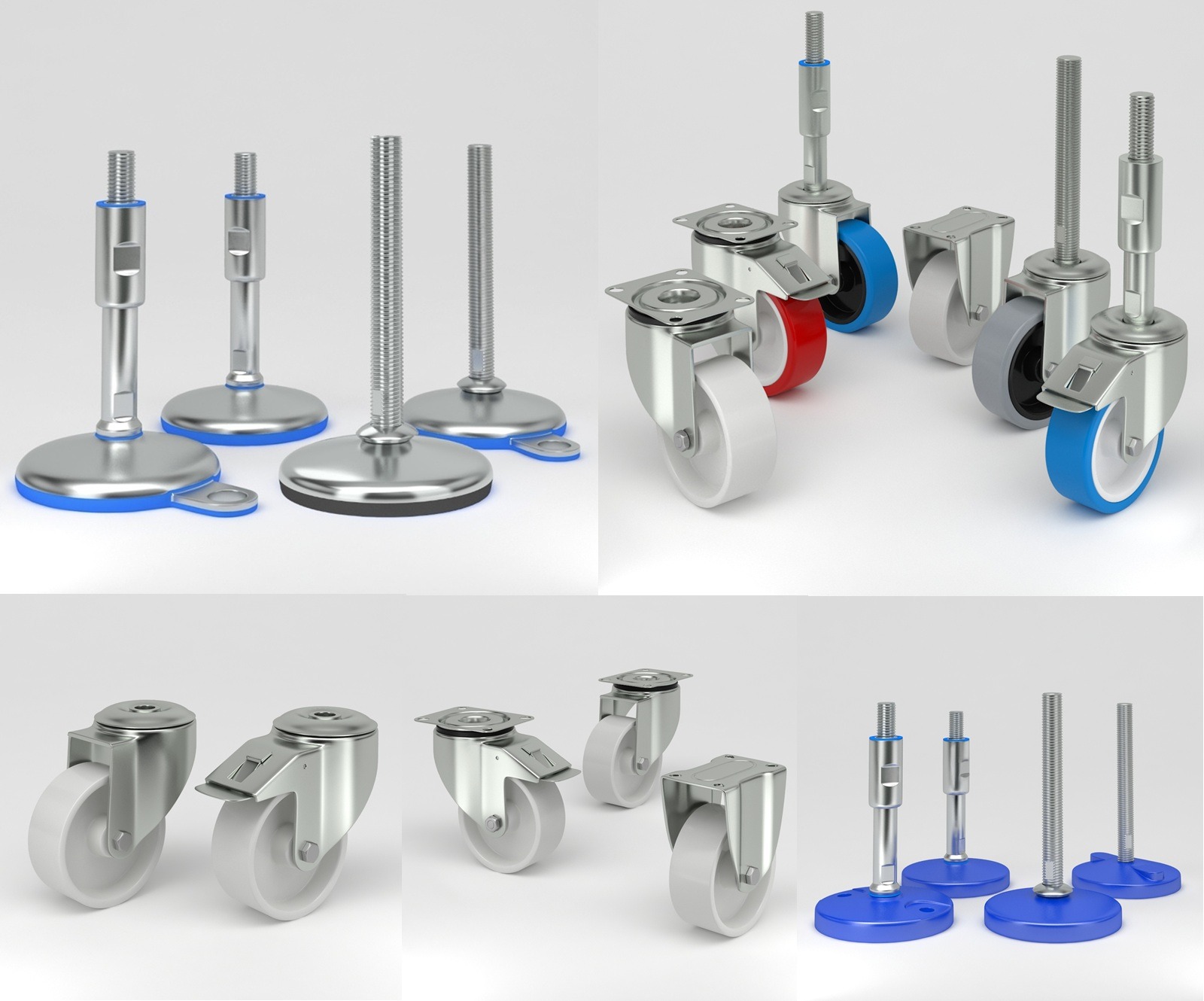
Strategic Planning with Machine Casters and Leveling Feet
In the dynamic landscapes of the packaging, food processing, pharmaceutical, and biotechnology industries, the integration of machine casters and leveling feet into industrial design is pivotal. These components not only enhance operational efficiency but also play a crucial role in strategic planning and development. Machine casters are wheel assemblies affixed to the base of equipment, facilitating mobility. Leveling feet, conversely, are adjustable supports that ensure machinery remains stable, even on uneven surfaces. The synergy between these components allows for both the easy relocation of equipment and its secure positioning during operation. Incorporating machine casters and leveling feet into equipment design requires meticulous strategic planning. This involves assessing the specific needs of an operation, understanding the workflow, and anticipating future scalability. For instance, in a packaging facility, machinery may need to be frequently repositioned to accommodate different product lines. Equipping machines with high-quality casters ensures swift transitions, minimizing downtime. The ability to move machinery effortlessly is invaluable. Machine casters enable quick reconfiguration of workspaces, allowing businesses to adapt to changing production demands. Leveling feet ensure that once equipment is in place, it remains stable, reducing vibrations that could affect precision in processes like pharmaceutical tablet production or biotechnology assays. Choosing appropriate casters and leveling feet involves considering load capacity, floor conditions, and environmental factors. For heavy machinery, heavy-duty casters with robust construction are essential. Leveling feet should offer fine adjustability to achieve precise leveling, especially on uneven surfaces. Integrating machine casters and leveling feet into industrial design is a strategic decision that enhances flexibility, efficiency, and safety across various industries. By carefully selecting and implementing these components, businesses can optimize their operations, adapt swiftly to changing demands, and maintain high standards of precision and hygiene.Optimizing Industrial Design with Machine Casters and Leveling Feet
The Role of Machine Casters and Leveling Feet
Strategic Planning in Equipment Design
Enhancing Operational Efficiency
Industry-Specific Applications
Selecting the Right Components
Strategic Planning and Development
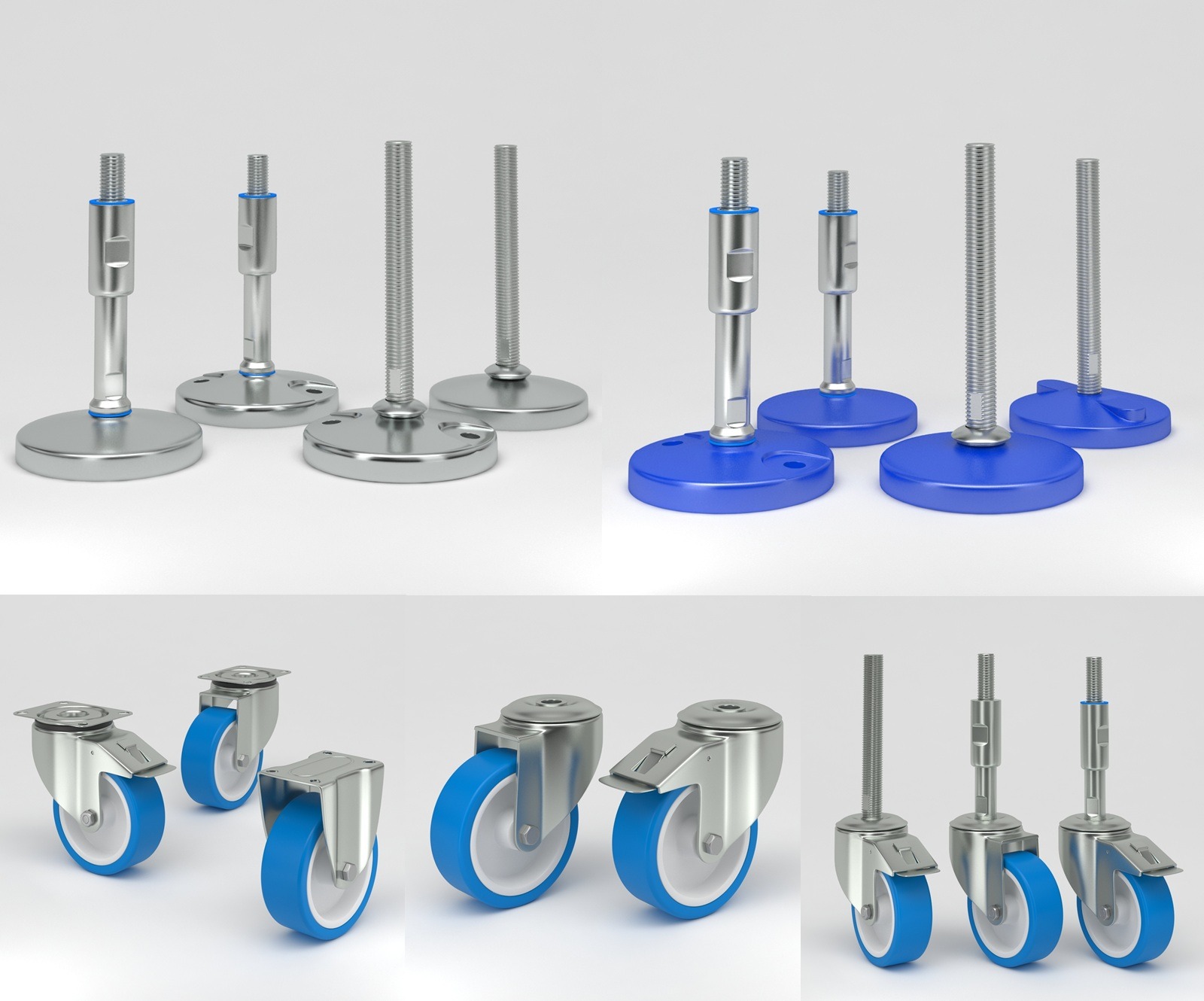
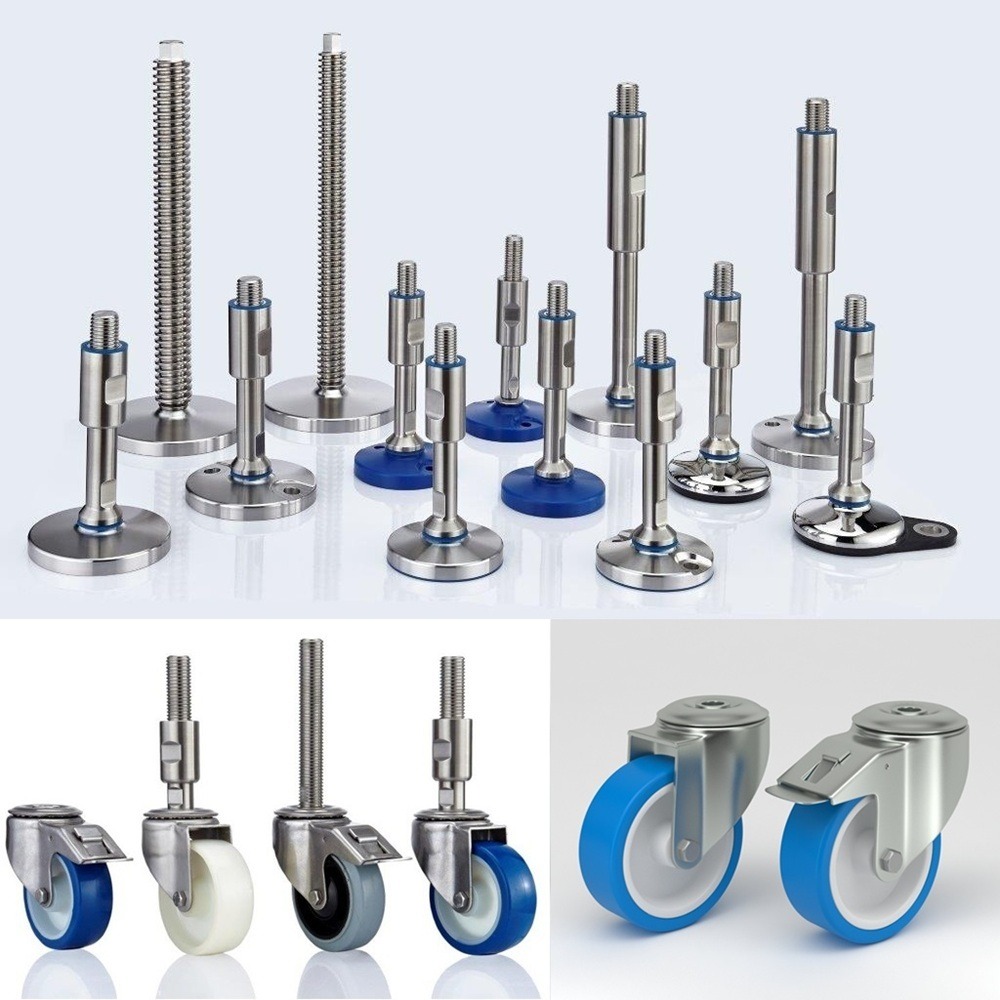
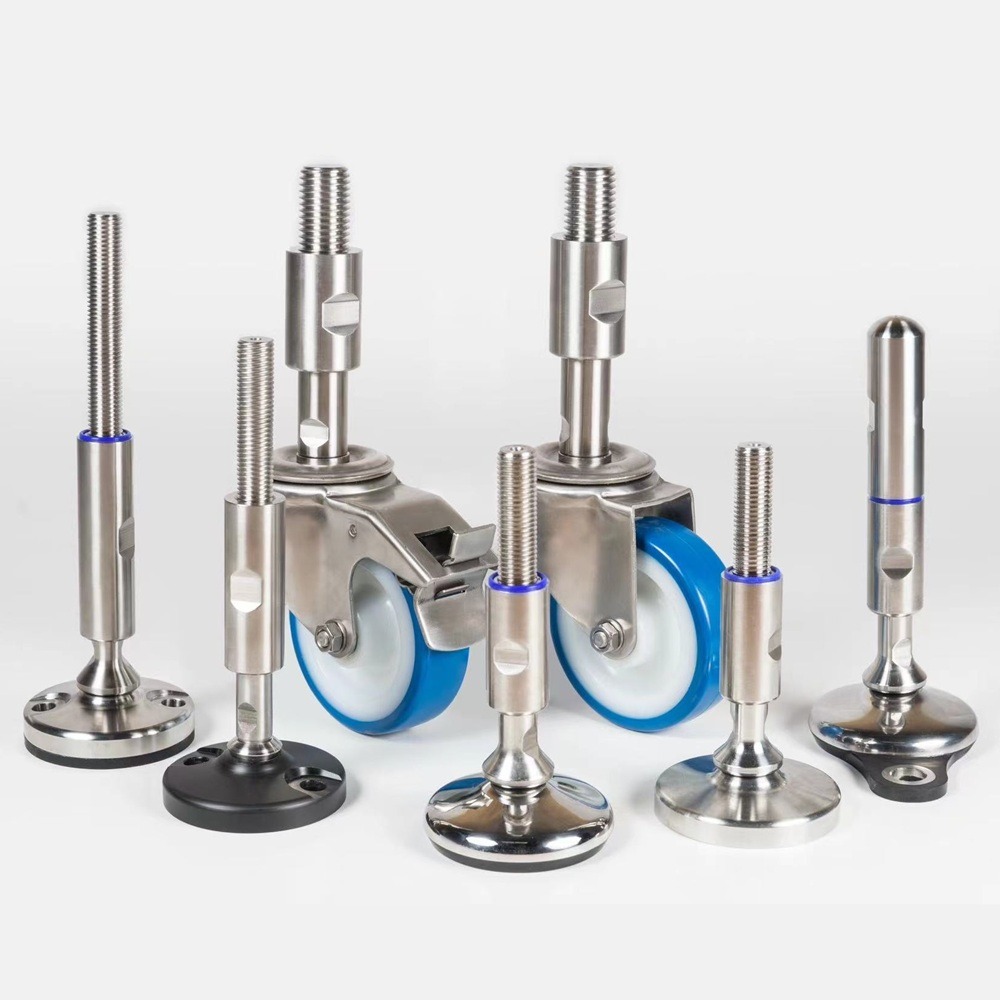
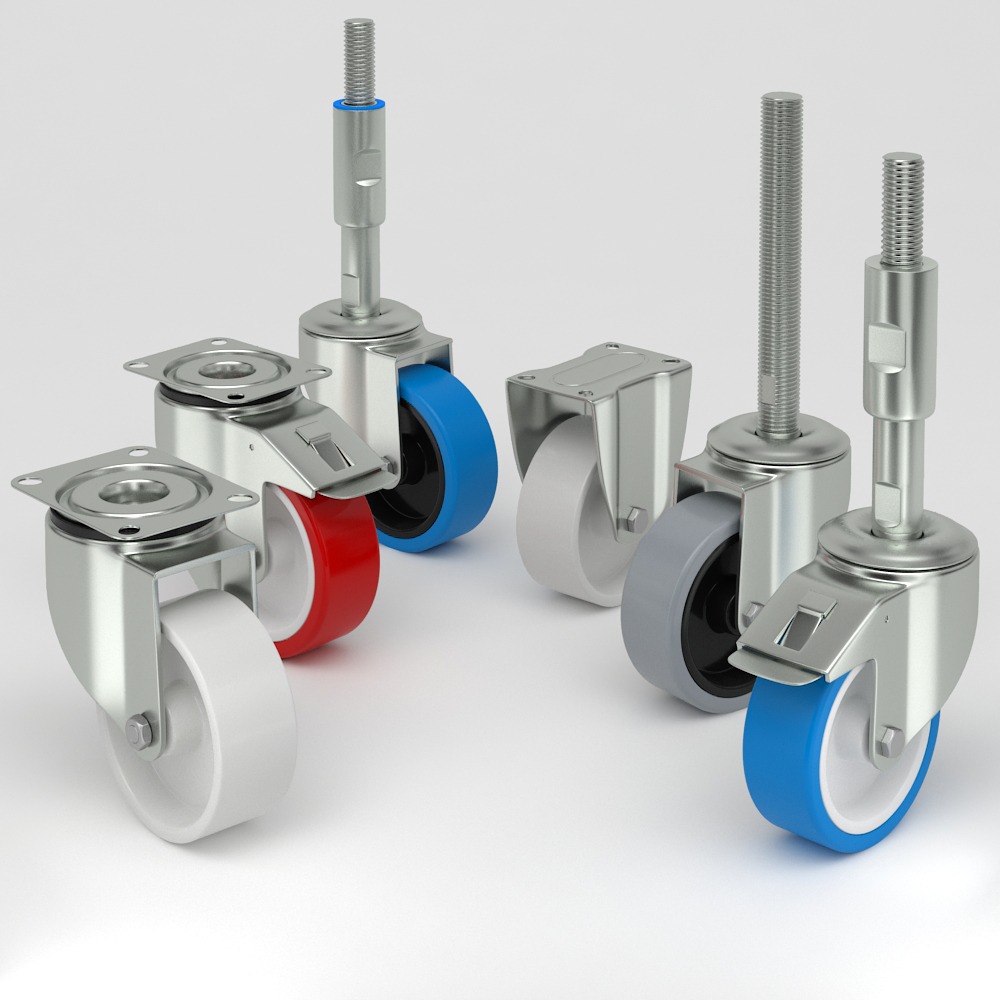
Contact
